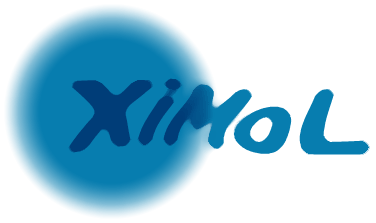 |
 |
|
Main Page | Modules | Namespace List | Class Hierarchy | Alphabetical List | Class List | File List | Namespace Members | Class Members | File Members | Related Pages | Examples
tutorial_hello.cppA first program to serialize a small struct.With this example, we see how to put data on a xml stream. We could notice the xml::content function which read only the tag content. #include <iostream> #include <string> #include <ximol/ximol.hpp> using namespace std; using namespace ximol; // a small struct struct world { world():x("world"){}; string x; }; // struct serialization xostream& operator<<(xostream& xos, const world & w) { return xos << xml::stag("world") << xml::content(w.x) << xml::etag(); }; xistream& operator>>(xistream& xis, world & w) { return xis >> xml::stag("world") >> xml::content(w.x) >> xml::etag(); }; // an other struct struct hello { hello():k(1),x(){}; world x; int k; }; // struct serialization xostream& operator<<(xostream& xos, const hello & h) { return xos << xml::stag("hello") << h.x << xml::box("k",xml::content(h.k)) << xml::etag(); }; xistream& operator>>(xistream& xis, hello & h) { return xis >> xml::stag("hello") >> h.x >> xml::box("k",xml::content(h.k)) >> xml::etag(); }; // main function int main() { xstringstream xss; hello h; xss << xml::prolog() << h; cout << str<string>::cast(xss.str()) << endl; hello h2; h2.k=3; h2.x.x="foo"; xss >> xml::prolog() >> h2; cout << "h2.k=" << h2.k << endl; cout << "h2.x.x=" << h2.x.x << endl; return 0; }; |